
RV Checklist for Camping: Checking the Electric Supply
RV Lifestyle & Repair EditorsBefore plugging your RV into the campground source, it’s important to take the time to check for proper polarity and voltage. Even if you are staying at a familiar campground, it’s a good idea to check for electrical issues that not only could create appliance failure, but can cause severe damage to your RV. These could be avoided by having an RV Checklist for Camping to reference before plugging into any electrical source.
Using a simple analog voltage tester, check the outlet for proper voltage. A typical 30 amp outlet should provide 120 volts to the RV. This meter has a variance showing approximately 112-120 volts in a green or safe range and red if the voltage is to high or to low.
To check for proper polarity or wiring, use a plug in electrical outlet tester. This tester will indicate wiring condition of the outlet and tests for, ground fault interruption, open ground, open neutral, open hot, and correct wiring for hot and ground/neutral connections.
Even when you verify the power requirements are good from the campground source, it’s a good idea to plug these tools into an outlet inside the coach to make sure nothing changes during your stay.
Explore videos by RV Lifestyle & Repair Editors
Premium Membership
Unlock exclusive member content from our industry experts.
- 24/7 Access to Premium RV Maintenance Videos, Travel Inspiration, and Lifestyle Tips
- Step-by-Step Instructional Demos, Projects, and Guides
- 50% Off Video Downloads Purchased in the RV Lifestyle & Repair Shop
- Access to Ask the Expert Program
Unlock exclusive member content from our industry experts.
- 24/7 Access to Premium RV Maintenance Videos, Travel Inspiration, and Lifestyle Tips
- Step-by-Step Instructional Demos, Projects, and Guides
- 2 Full-Length Video Downloads to Watch Offline
- 50% Off Video Downloads Purchased in the RV Lifestyle & Repair Shop
- Access to Ask the Expert Program
Gold Membership
$333 Value
Get everything included in Premium plus exclusive Gold Membership benefits.
- 24/7 Access to Premium RV Maintenance Videos, Travel Inspiration, and Lifestyle Tips
- Step-by-Step Instructional Demos, Projects, and Guides
- 9 Full-Length Video Downloads to Watch Offline
- 2 Full-Length RV Repair Classes to Keep for Life
- Discounts on Purchase-to-Own Content in the RV Lifestyle & Repair Shop
- Access to Ask the Expert Program
- Exclusive GOLD LIVE Streaming Events

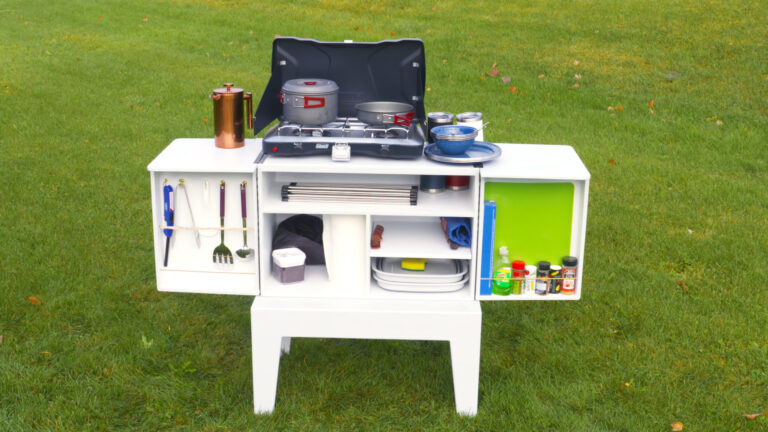
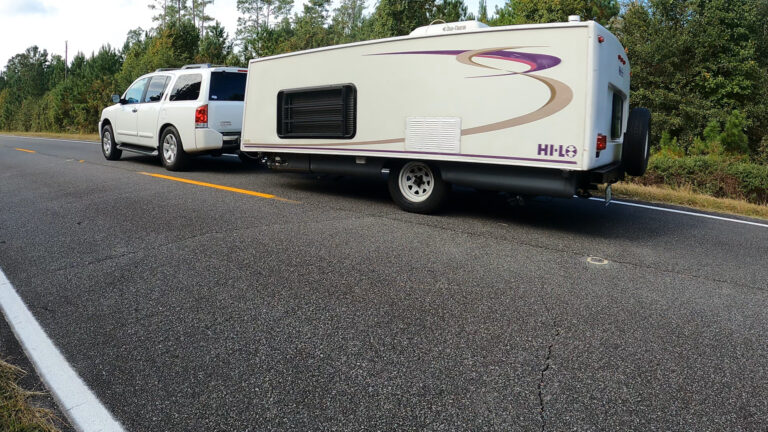
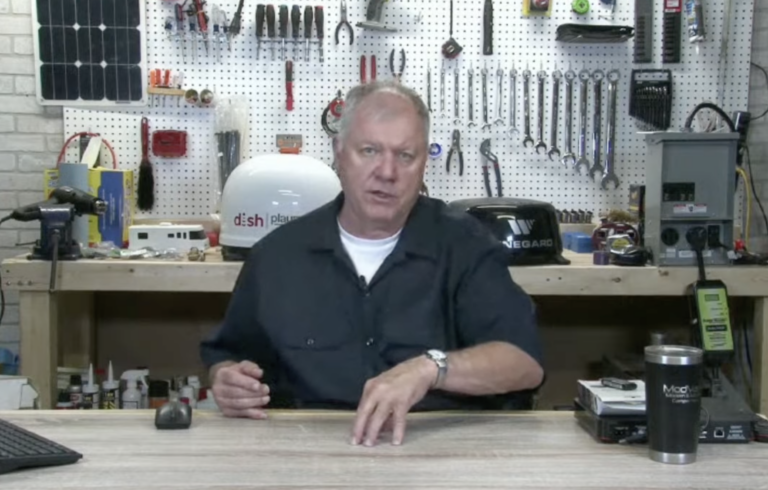


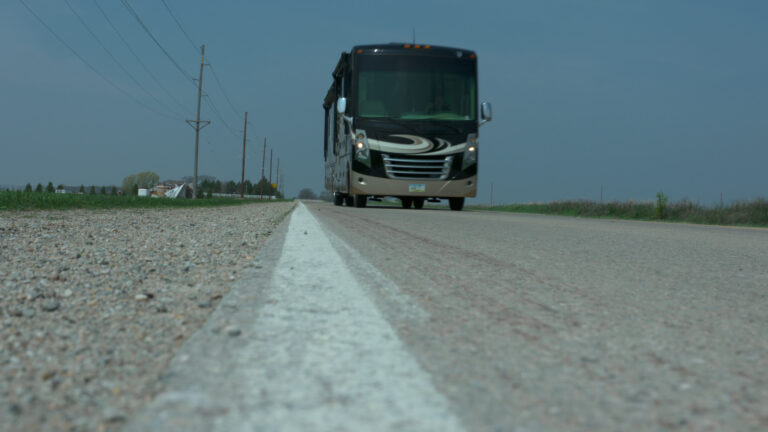
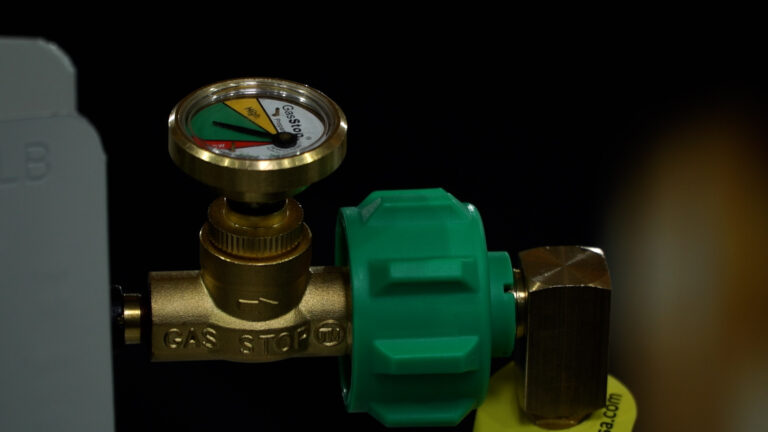



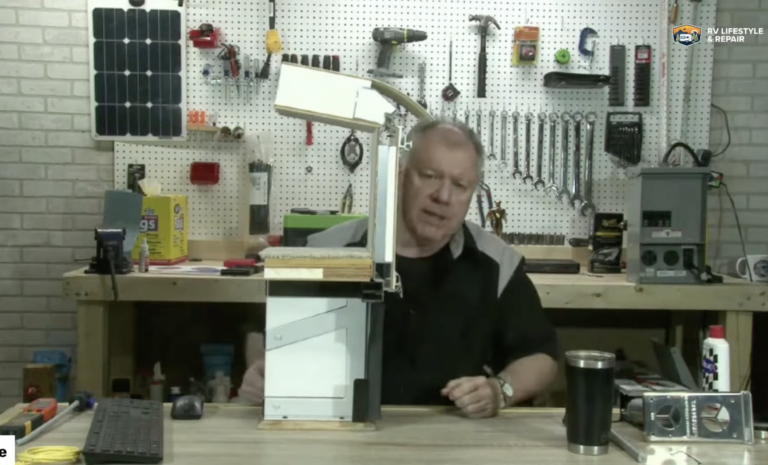

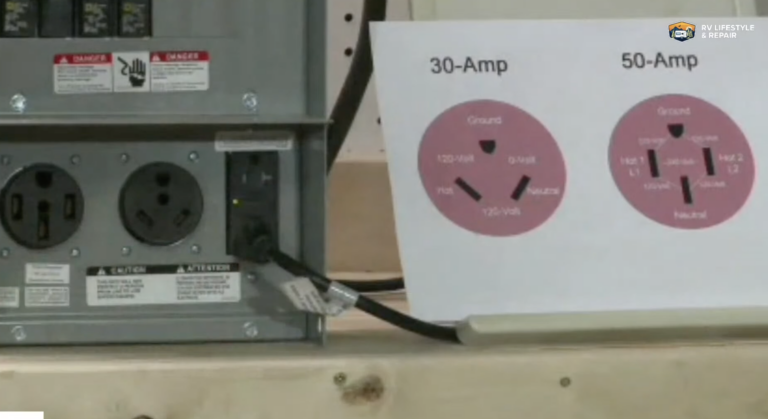

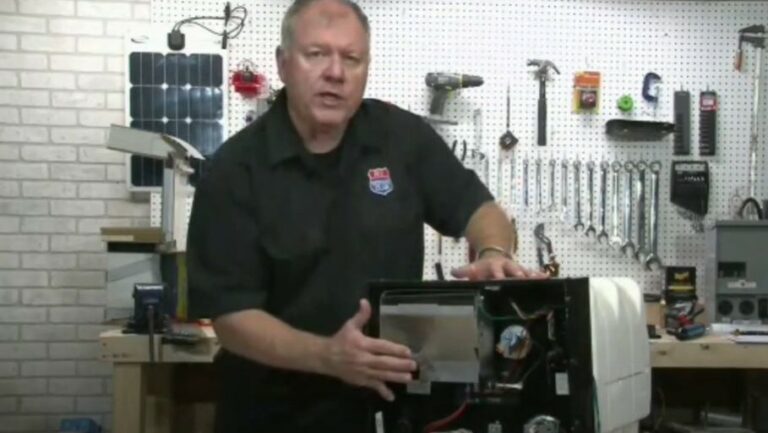
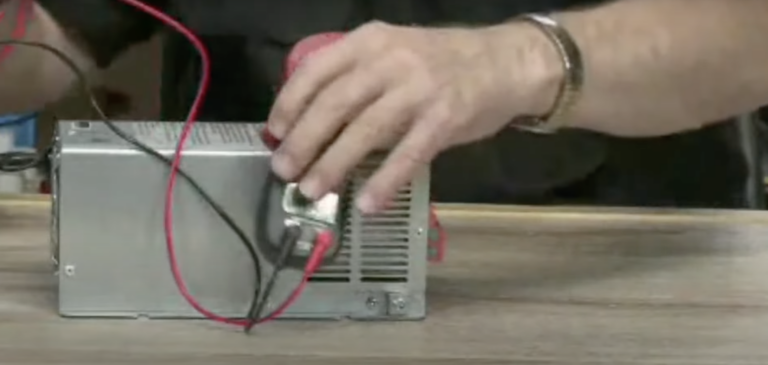
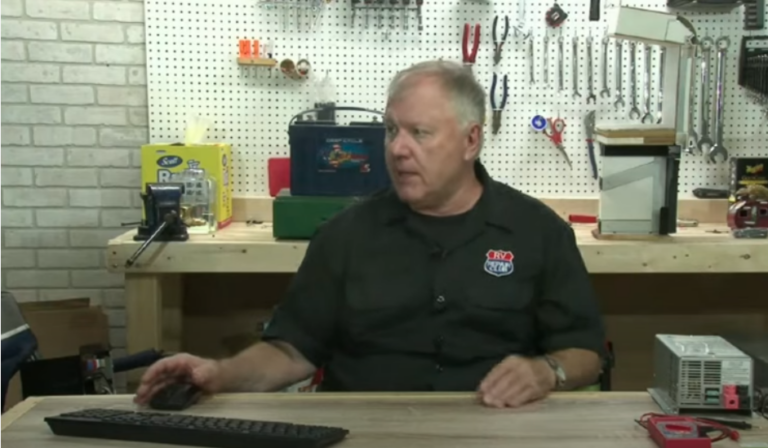
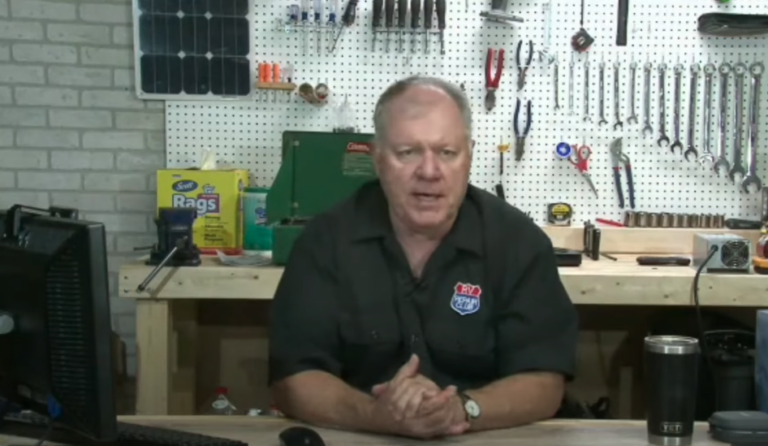
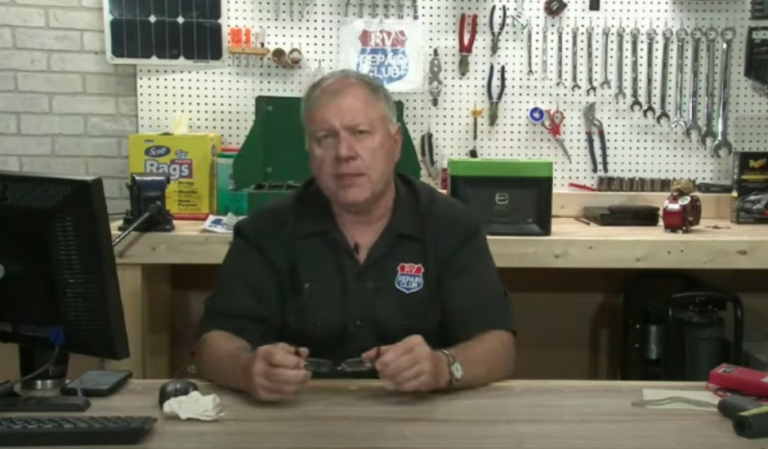
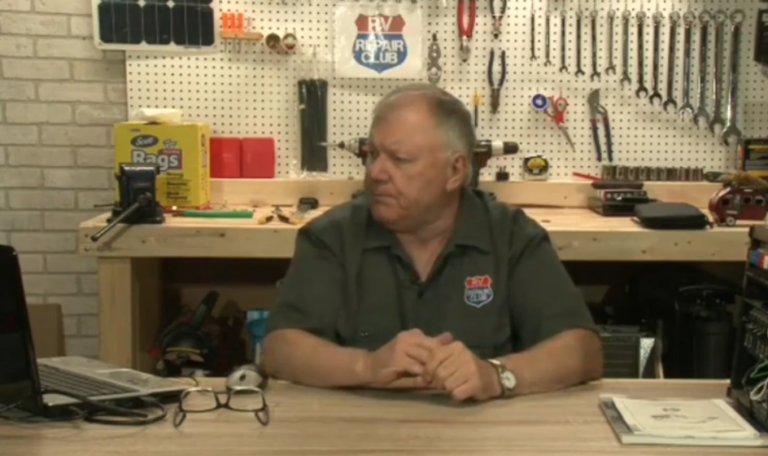
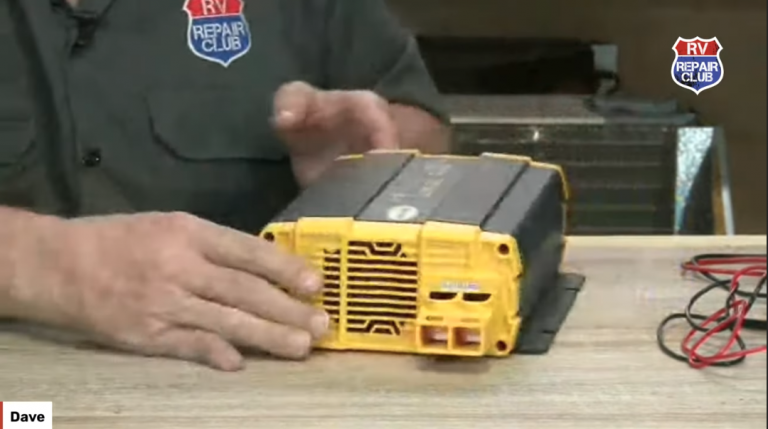
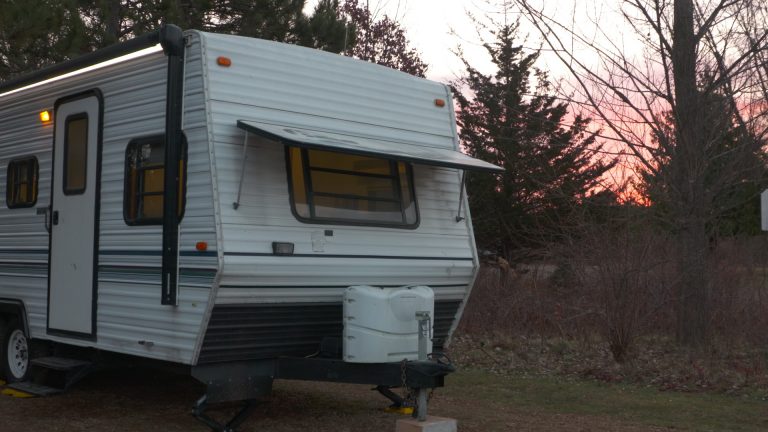
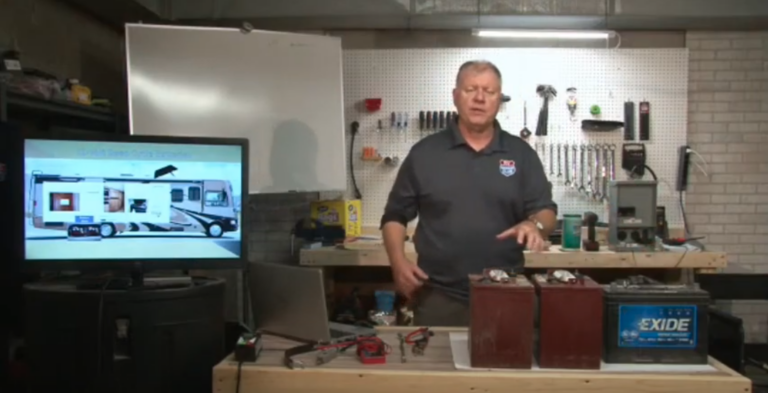
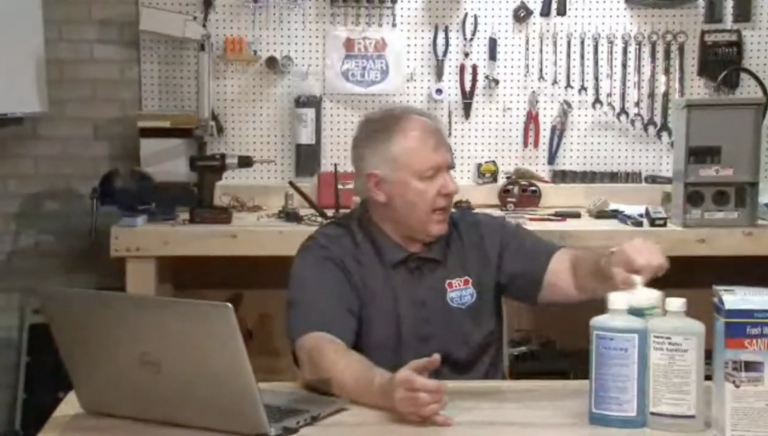
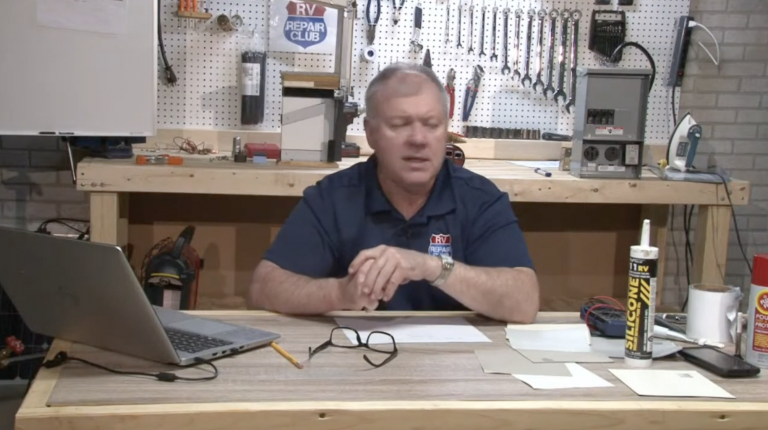



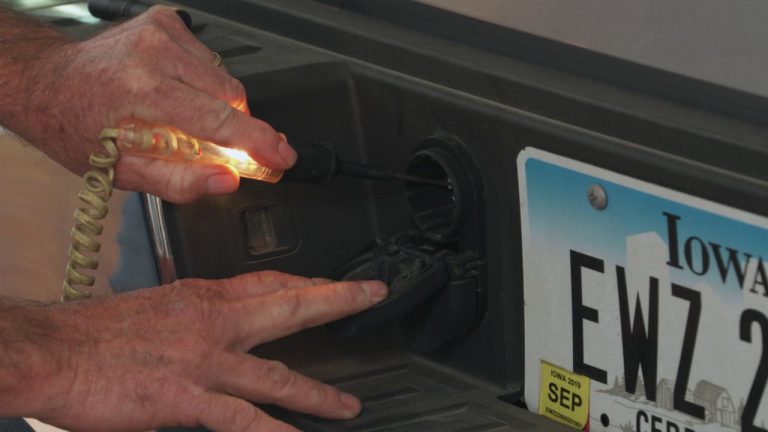




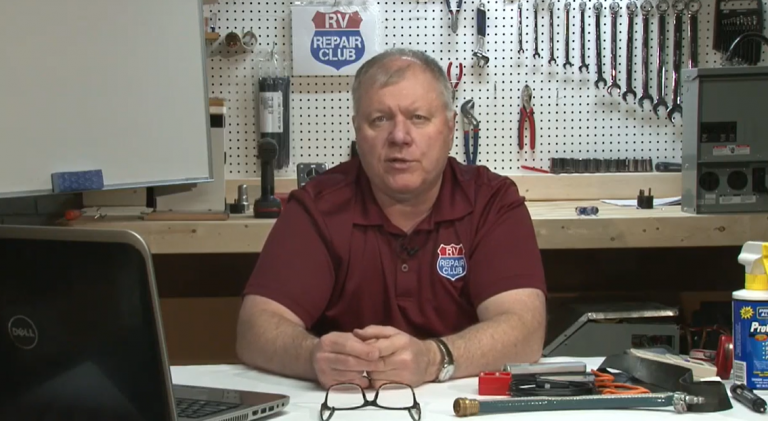
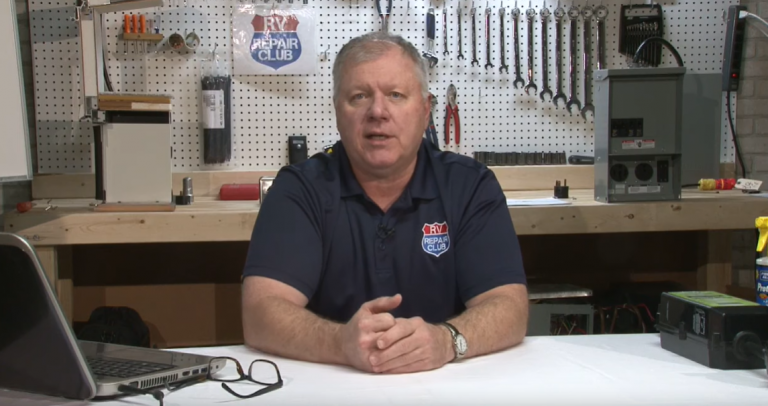

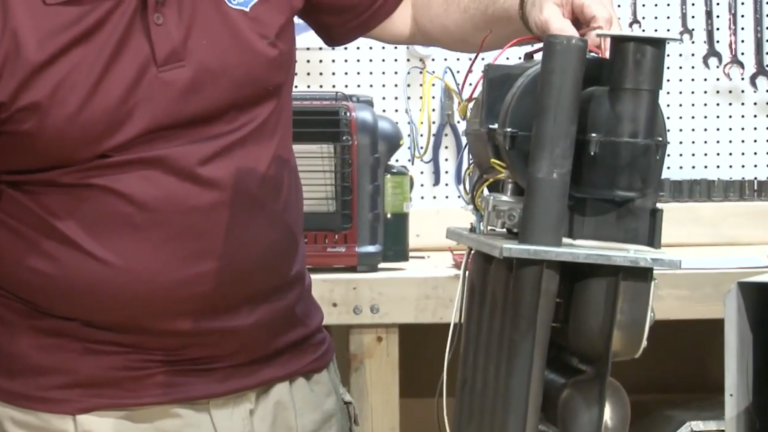
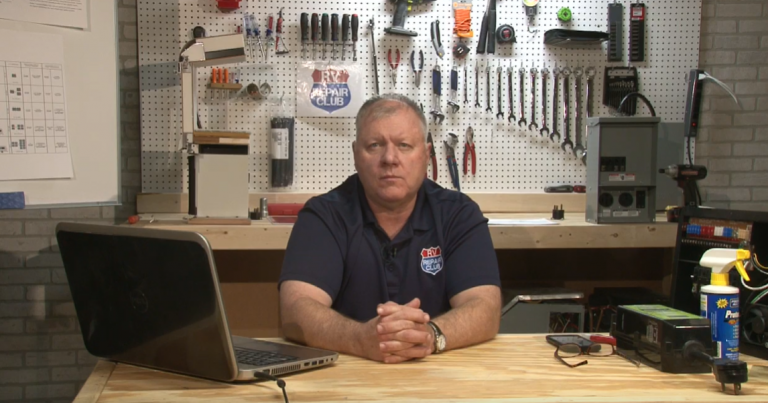

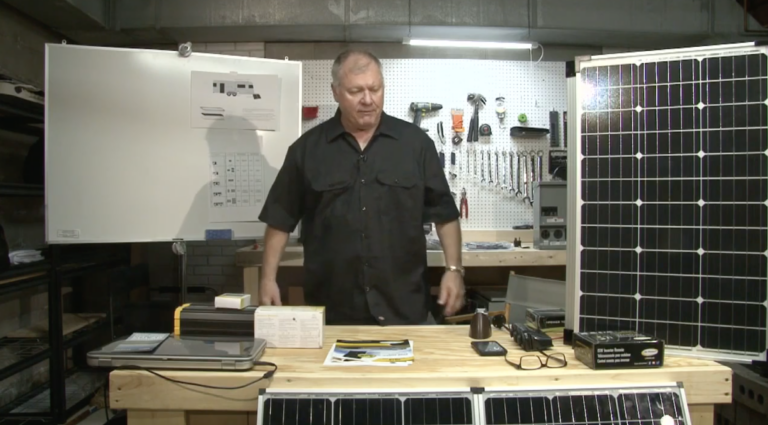
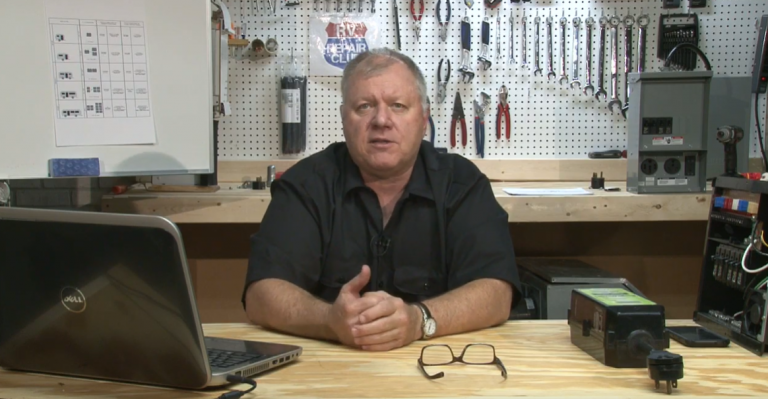
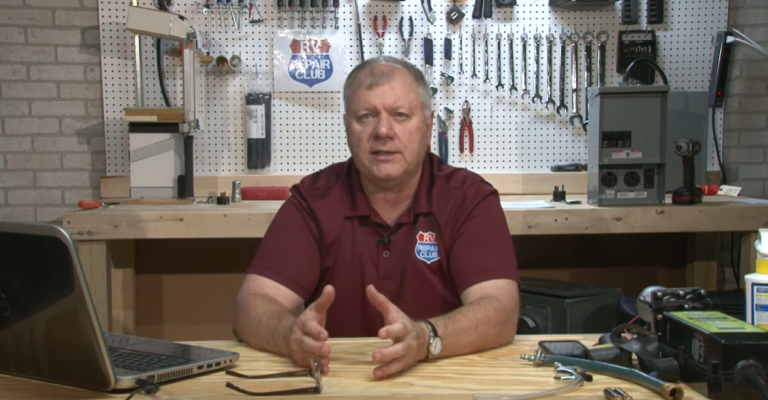


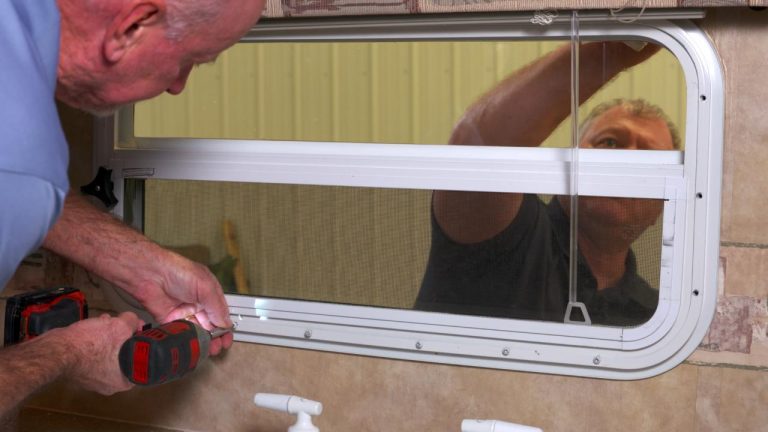
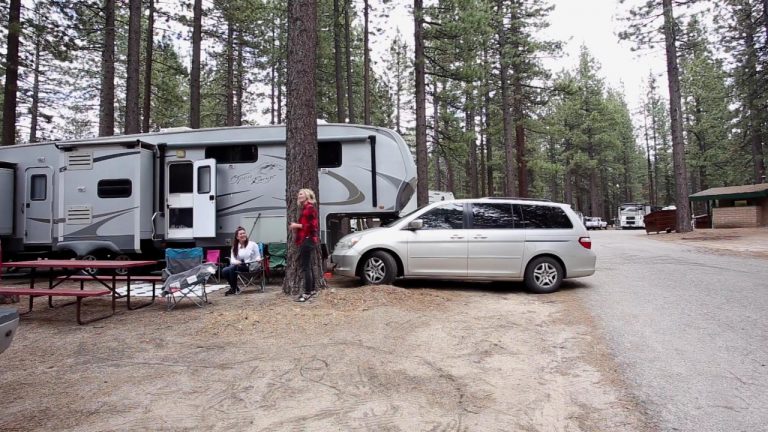

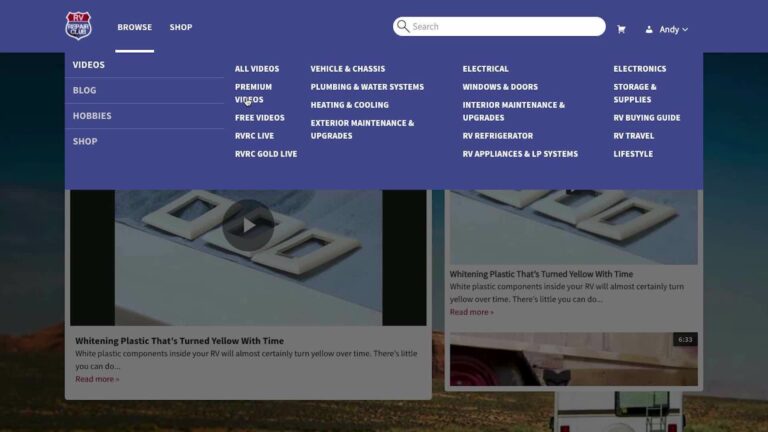
Share tips, start a discussion or ask one of our experts or other students a question.
Already a member? Sign in
No Responses to “RV Checklist for Camping: Checking the Electric Supply”